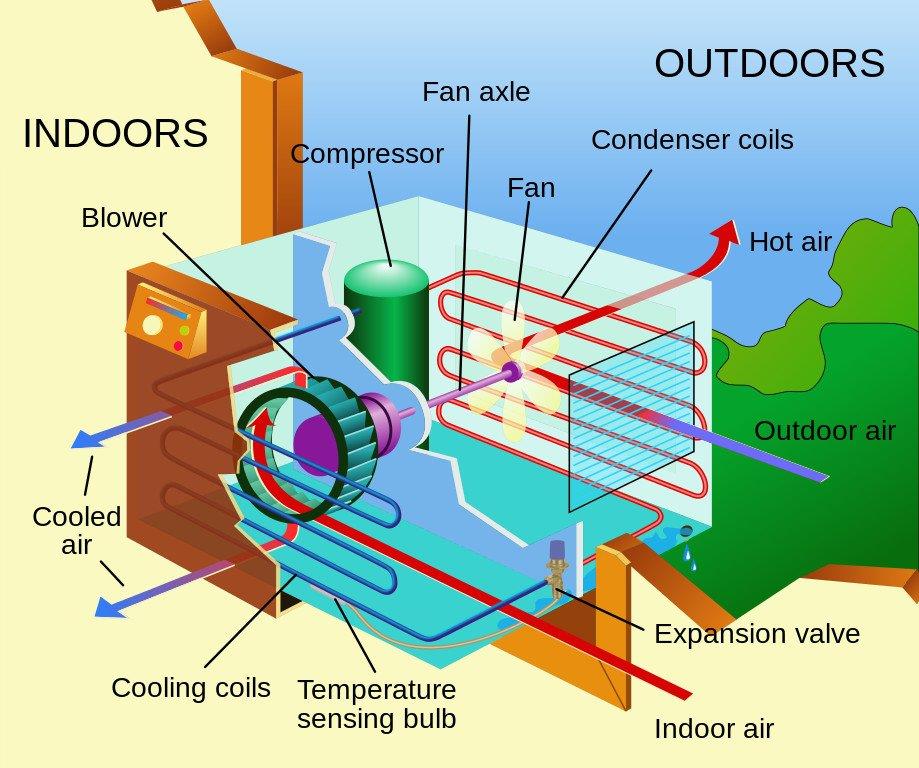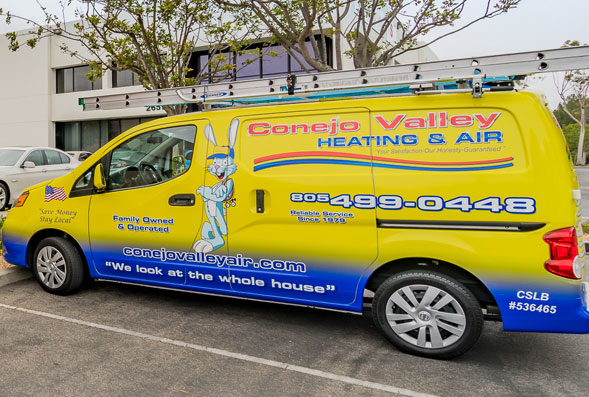 As a homeowner, you must familiarize yourself with your home’s air conditioner to complete central air conditioning maintenance or identify AC problems before calling an AC repair specialist. Taking time to understand the various components of central air conditioning systems and the central air conditioning system working principle will help you keep your system functioning properly for your home.
So what does the anatomy of a central air system entail? How do the components work to cool your home? And what is their role? Let’s find out!
As a homeowner, you must familiarize yourself with your home’s air conditioner to complete central air conditioning maintenance or identify AC problems before calling an AC repair specialist. Taking time to understand the various components of central air conditioning systems and the central air conditioning system working principle will help you keep your system functioning properly for your home.
So what does the anatomy of a central air system entail? How do the components work to cool your home? And what is their role? Let’s find out!
Table of Contents
Key Components of a Central A/C System
A split-system air conditioner essentially means that part of the system is inside, and part of the system is outside. So, what is the inside AC unit called? The part on the inside is known as the cold side, while the outer part is the hot side. To properly maintain your home or a storage unit’s air conditioner, you’ll want to familiarize yourself with its anatomy. The five elements of the central system of air conditioning include:1. Evaporator Coil
You can find the evaporator coil in the air handler in a central air conditioner. The refrigerant flowing through the system gets cooled to a low temperature just before entering the evaporator coils, cooling them down. As the warm air from your home enters your HVAC unit, it blows over the cool evaporator coils, which extract the heat, cooling the air down. Fans then blow the cooled air back inside, lowering your home’s temperature. Ensure that you keep your coils clean as dirt and dust can build upon them over time, reducing their efficiency. Call an AC repair professional to clean your coils yearly for maximum cooling efficiency.2. Compressor
The compressor is the most critical component in the anatomy of a central air system. For central systems, the compressor is located in the outdoor unit and is usually the most expensive and energy-consuming component. After the refrigerant absorbs the heat in the evaporator coil, its state changes from a liquid to a warmer vapor. The compressor’s job is to receive the warm refrigerant vapor from the evaporator coil and compress it into a denser, hotter form. We increase the refrigerant temperature because it needs to be warmer than the outdoor air to lose heat to the outdoor air. The most critical maintenance tasks to ensure the efficiency of your air conditioner’s compressor are to routinely check for refrigerant leaks, clean your condensing coils, and keep your AC compressor’s exterior clean.3. Condenser Coil
After the refrigerant’s temperature rises above the outdoor air’s temperature, it flows into another set of coils, called the condenser coils. The evaporator coil works in reverse to the condenser coil. It extracts heat from the refrigerant and ejects it into the outside environment. After the refrigerant loses thermal energy to the outdoor air, it condenses into liquid form and gets pumped back inside. If you stand outside the exterior unit of your air conditioner, you’ll feel hot air blowing out from it. This is the heat the condenser expels when converting the refrigerant from hot vapor to a hot liquid.4. Expansion Valve
There’s not much your central AC can do when the refrigerant is in liquid form because, in its current state, it won’t be able to absorb the heat as it circulates through the evaporator coil. This is where the valuable gadget called an expansion valve comes into play. The liquid refrigerant enters the valve through a narrow orifice designed to limit the amount of refrigerant flowing through it. As the liquid refrigerant passes through the expansion valve, it experiences a significant reduction in pressure, which causes the refrigerant to expand into a gas. The resulting drop in pressure also causes the refrigerant to expand into a mist form. The rapid expansion also throws off a great deal of heat energy, rapidly cooling the refrigerant. This gaseous, cooled refrigerant proceeds into the evaporator coils to repeat the air conditioning process.5. Thermostat
Thermostats are temperature-sensitive devices that signal your air conditioning system when to start and stop. Programmable and smart thermostats feature advanced settings that help you save energy with automatic temperature changeovers. Consider moving to a more modern unit if you’re still using a mercury-based or digital thermostat. Some of the benefits of pairing central air conditioning with a smart thermostat include:- Control your AC from your smartphone
- It can learn your preferences and build a schedule for you
- Savings on your energy bills
Related Article: How Much Does It Cost to Replace a Furnace and Air Conditioner?
What About the Other AC Unit Components?
If you ever stare at a foreign object and wonder, “what’s that?” Here are some common parts of your central system that you were not quite sure what they were for.» Air Filter
Air conditioner filters filter pollutants and contaminants such as dust, pet dander, or even bacteria out of the air that passes through them. It is essential to replace these AC filters regularly if you want to enjoy improved indoor air quality.» Refrigerant
The AC refrigerant is the invisible force behind the working of your central air conditioner. A refrigerant is a chemical compound used in your air conditioner to absorb the heat and provide cool air as it travels through the various components of a central air conditioning system.» Fan
An air conditioner fan moves the air from one component to another and blows the conditioned air into your rooms. AC fans also keep your outdoor unit from overheating as they blow the heat away.» Fan Motors
Fan motors power the fans that pull and push airflow through the AC unit’s coils, ductwork, and living spaces. Like most moving parts, the fan motors should be oiled and cleaned during preventive maintenance each spring. Maintaining the fan motors ensures a long life span, efficient cooling, and minimal AC repair calls.Summing Up
Knowing a little more about the basic anatomy of your central air conditioning system can help you understand the problem and when you need to call an AC repair technician. Conejo Valley Home Services are experts within the Conejo Valley, CA, and surrounding areas and can provide top-notch HVAC services. Call us at 805-499-0448 now for all your heating and air conditioning needs.Related Article: How to Decide Whether Air Conditioner Need Replacement or Repair?










